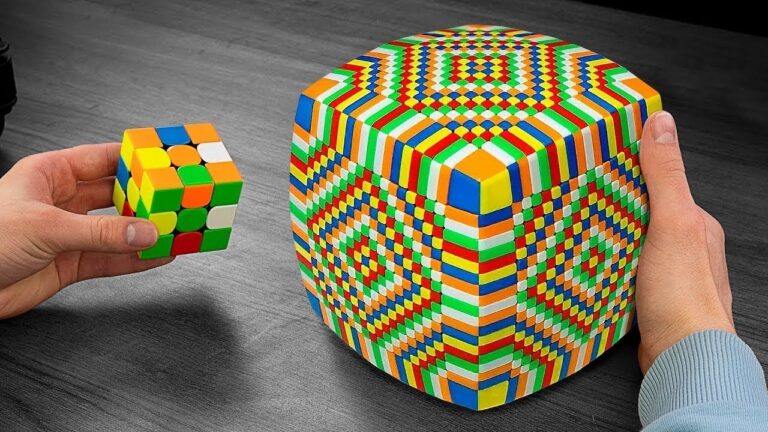The Art and Science of Dartboards
Dartboards are more than just pieces of circular cork or sisal hanging on the wall of a pub or a game room. They are the focal point of an ancient sport that requires skill, precision, and a touch of strategy. While many see dartboards as simple targets for a casual game of darts, they are actually a fascinating blend of craftsmanship, physics, and history. In this article, we will delve into the world of dartboards, exploring their history, construction, and the science behind their design.
Table of Contents
A Brief History of Dartboards
The game of darts, in some form or another, has been played for centuries. It is believed to have originated in England, where soldiers used to compete by throwing small spears at the bottom of a wine barrel. The game evolved over time, and wooden boards were used as targets. However, it wasn’t until the 19th century that the modern dartboard as we know it began to take shape.
The traditional dartboard, made from sisal fiber, gained popularity in the 1930s. Sisal, a natural material derived from the agave plant, proved to be durable and self-healing. The fibers closed up after a dart puncture, allowing for countless games without causing extensive damage to the board. This self-healing property made sisal the ideal choice for constructing dartboards, and it remains the preferred material today.
Construction of a Dartboard
Dartboard construction is a meticulous process that requires skill and precision. Here’s an overview of the key components that make up a standard dartboard:
- Sisal Fiber: The heart of the dartboard is the sisal fiber, which is tightly compressed into a circular shape. Sisal fibers are arranged in a radial pattern to give the board its distinctive look. The density and quality of sisal used in a dartboard can significantly impact its durability and self-healing properties.
- Wiring System: The dartboard’s surface is divided into segments using thin wires made of steel. These wires create the various scoring areas on the board, including the outer bullseye, inner bullseye, and the numbered segments. The design and placement of these wires are crucial to the game’s integrity, as they ensure that darts hit the desired target area.
- Numbering: Dartboards have a unique numbering system, with the numbers 1 to 20 evenly distributed around the board. Each number is assigned a specific value, and players aim to score points by hitting the corresponding segment. The placement of the numbers is carefully calculated to maximise the challenge and fairness of the game.
The Science Behind Dartboard Design
The design of a dartboard is not arbitrary; it is based on principles of geometry and physics to ensure that the game is fair and enjoyable for players of all skill levels. Let’s explore some of the science behind dartboard design:
- Optimal Scoring: The placement of the numbers on the dartboard is not random. It is designed to distribute high and low-value segments evenly around the board. This ensures that skilled players are rewarded for precision, as they must hit smaller target areas to score higher points.
- Bounce-Out Prevention: The wires separating the segments serve a dual purpose. While they define the scoring areas, they also help prevent darts from bouncing out. The wires guide the darts towards the board’s surface, reducing the likelihood of a dart rebounding off the board.
- Fair Play: The design of the dartboard aims to make the game as fair as possible. The bullseye, for instance, is divided into an inner and an outer ring, each with different point values. This encourages players to aim for more challenging shots while still rewarding them with points for accurate throws.
Conclusion
Dartboards are not just game accessories; they are the result of centuries of history, craftsmanship, and scientific design. The combination of sisal fiber, precise wiring, and calculated numbering creates a dynamic and engaging game that tests the skills and precision of players. As you step up to the oche and prepare to throw your darts, take a moment to appreciate the fascinating world of dartboards that lies at the center of this age-old sport. Whether you’re a casual player or a seasoned pro, the dartboard is your canvas, and every throw is a chance to master the art and science of darts.






